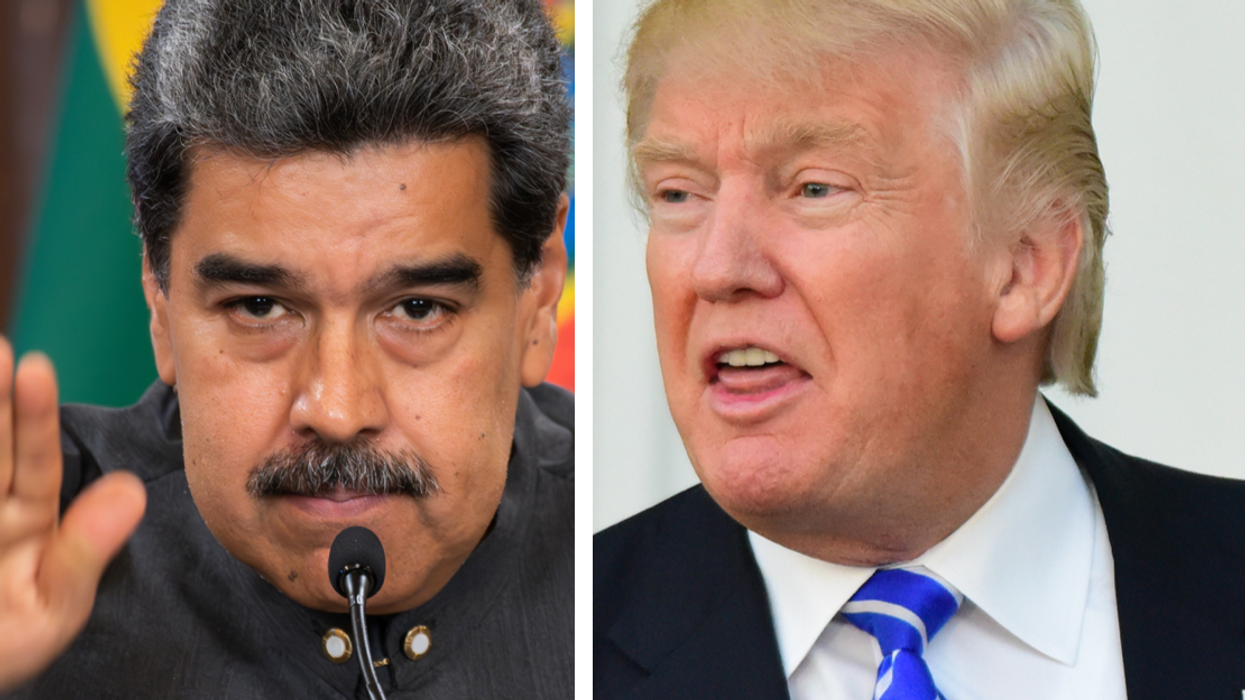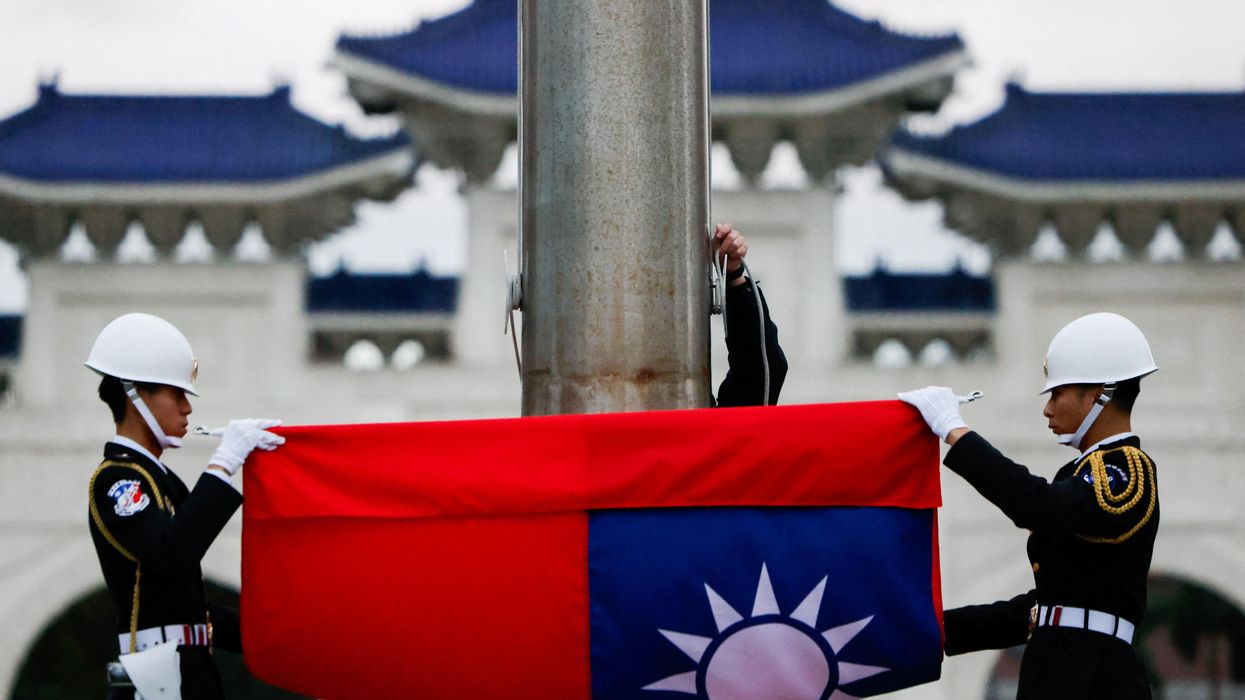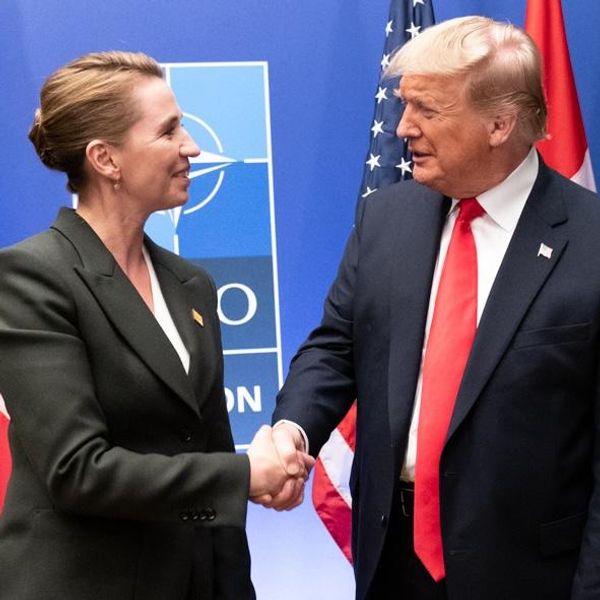Before Robert Gates stepped down as secretary of defense after a five-year tenure, the veteran national security hand offered one more piece of wisdom to impart. Speaking to a roomful of Army cadets at West Point in February 2011, Gates made the pointed but astute observation that the U.S. military needed another Iraq and Afghanistan-like conflict like it needed a hole in the head. “In my opinion,” the outgoing SecDef advised that day, "any future defense secretary who advises the president to again send a big American land army into Asia or into the Middle East or Africa should ‘have his head examined,’ as General MacArthur so delicately put it.”
The U.S. national security community has taken Gates’s words to heart, to a point. While the U.S. military has avoided the kinds of large-scale deployments that characterized the invasion and occupation of Iraq, the United States itself is still very much a nation at war. The fully-resourced counterinsurgencies of yesteryear have been replaced by smaller-scale but indefinite military campaigns in Syria, Somalia, Afghanistan, and Iraq that may cost less to the U.S. taxpayer, but are in many ways as strategically bankrupt as the interventions of the recent past. While there may be fewer U.S. military personnel on the ground, the missions those personnel are ordered to execute are just as vaguely defined and unattainable as the Bush administration’s democracy building project in Iraq.
The Foundation for Defense of Democracies would appear to disagree. In an article titled “America’s Small but Effective Presence in Syria,” David Adesnik and LTC Robert L. Green write that current U.S. military operations in Syria should be representative of how Washington fights wars in the future. Working with local partners on the ground like the Syrian Kurds, they argue, the United States can achieve miraculous results at very little cost and risk to its own forces.
To be fair, part of their argument is not necessarily wrong. The U.S. military campaign against the Islamic State in Syria depended heavily on local forces to do the brunt of the fighting, which meant Americans weren’t the ones clearing neighborhoods and dodging booby-trapped houses like they were in Fallujah, Iraq in 2004 or Marjah, Afghanistan in 2010.
The combination of U.S. special forces, Kurdish and Arab-led proxy units, and U.S. airpower proved to be a deadly one for the Islamic State. By the time major operations concluded, tens of thousands of ISIS militants lay dead and its territorial caliphate was squeezed until the day it finally collapsed in the dusty, nondescript Syrian village of Baghouz. It goes without saying that far more Americans in uniform would have died if Americans rather than Syrians did the bulk of the combat.
This argument, however, is ultimately one about military tactics. The more important discussion is about strategy. On this, the authors underestimate the risks of a perpetual U.S. presence in Syria, overestimate Washington’s ability to sculpt Syria to its liking, and expand U.S. objectives in the country to such an extent that it practically ties down U.S. military forces in this Arab state for a generation.
Adesnik and Green observe that "U.S. operations in Syria have demonstrated that long-term efforts are sustainable, requiring the commitment of modest military assets deployed in a largely supporting role.” But one has to ask the following-up question: to what end? And how can we be certain that the long-term, “by, with, and through” campaigns they are so idealistic about don’t proliferate into totally different missions far removed from the reason U.S. troops were deployed in the first place?
Unfortunately, Americans are already witnessing this phenomenon play out in Syria. Indeed, if U.S. policy in Syria was really about defeating ISIS — a mission Washington accomplished over a year and a half ago — U.S. troops would already be back with their families to celebrate the holidays. But alas, the Trump administration’s Syria policy is not so much about fighting terrorism as it is about degrading Iran’s influence and pressuring Bashar al-Assad to resign, two objectives that are about as inconceivable as climbing Mt. Everest with a t-shirt and shorts. But don’t take my word for it. Listen to the words of former Syria envoy James Jeffrey, who admitted earlier this month that U.S. Syria policy is nothing but a subsection of its broader maximum pressure policy on Iran.
To understand U.S. Syria policy today, one must recognize just how much the U.S. mission in the country has evolved. The phrase “mission creep” is often overused, but I can think of no better phrase to use in the Syria context. U.S. objectives in Syria have transformed from a relatively straightforward counterterrorism mission against ISIS into a quasi-stabilization campaign in Syria’s northeast, where U.S. troops are being repurposed as protectors of Syria’s decrepit oil fields in order to frustrate Iran’s supposed ambitions and deprive the Assad government of desperately needed revenue. The U.S. objective is not so much anti-ISIS as it is anti-Iran and anti-Assad, a policy shift that wasn’t debated openly and honestly in the Beltway, let alone authorized by the U.S. Congress.
Some, including the folks at FDD, make the case that it is both wise and appropriate to ensure Iran and Russia doesn’t swallow Syria whole. But how important is Syria for the United States, really? Would a hostile Syria complicate Washington’s ability to project power in the region if it needed to? Would a more entrenched Iranian and Russian presence in Syria reorder the entire Middle East and transform the region into some joint Iranian-Russian colony?
Hardly. Those who engage in these histrionics have short-memories, apparently oblivious to the fact that Tehran and Moscow have had significant influence with the Syrian government going back to the Cold War era. Iran has served as the Assad family’s most significant regional partner since the dawn of the Islamic Republic itself. Moscow and Damascus have had extensive military, economic and political connections with one another since at least the 1950s, so it is difficult to see how a victory by a Russia-friendly Syria would be some game-changing development in the regional order. If anything, Assad’s consolidation of power would be a reversion to the status-quo as it has existed for decades.
It is increasingly popular for those who criticize U.S. military withdrawals to preface their arguments with a dollop of understanding for the other side. "We all want America’s forever wars to end,” they say, "but we can’t just arbitrarily withdraw and leave space for our adversaries to fill.”
Yet very rarely, if ever, are these same analysts honest about what they are really proposing: open-ended military missions that tie U.S. military resources into knots for very little gain.
















